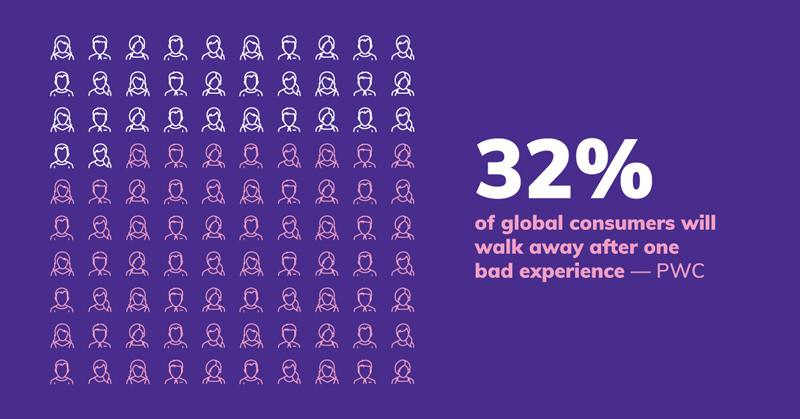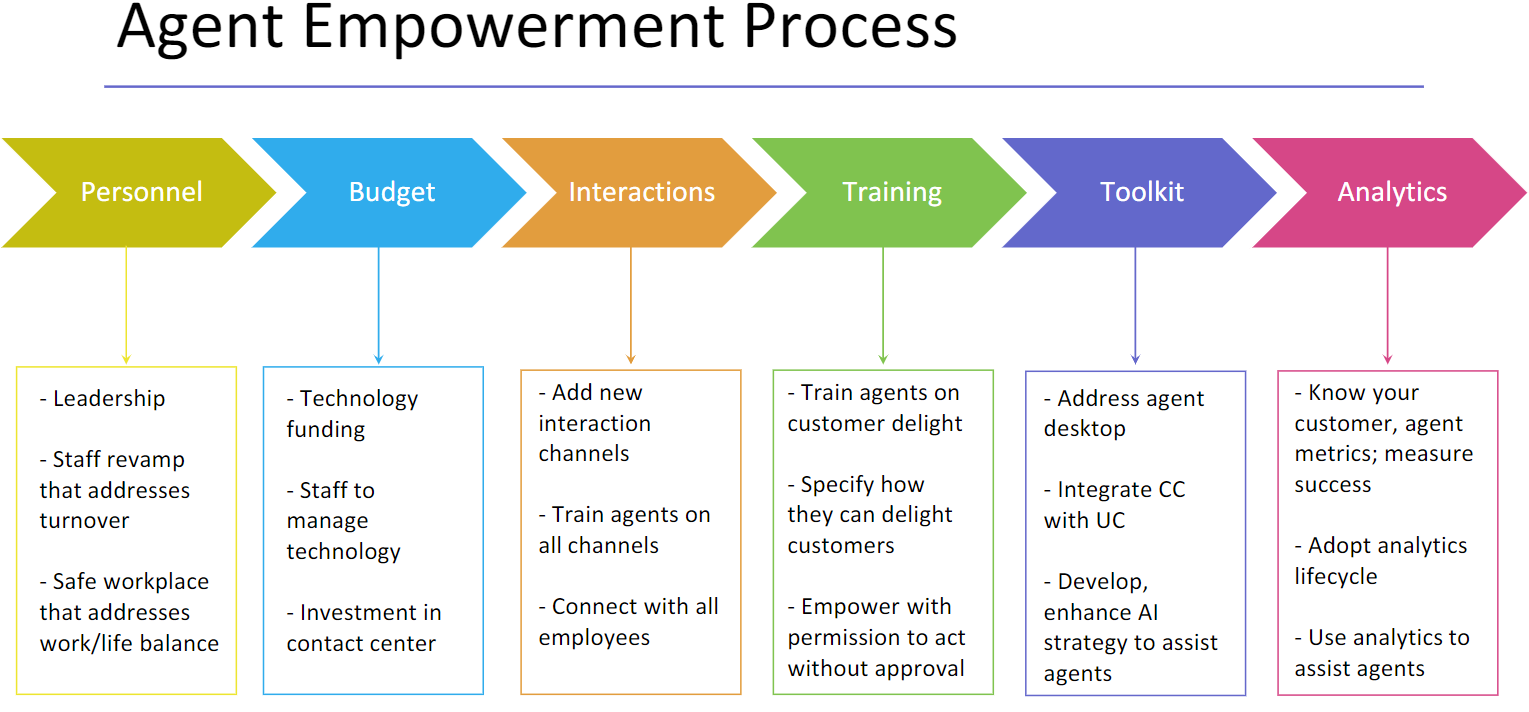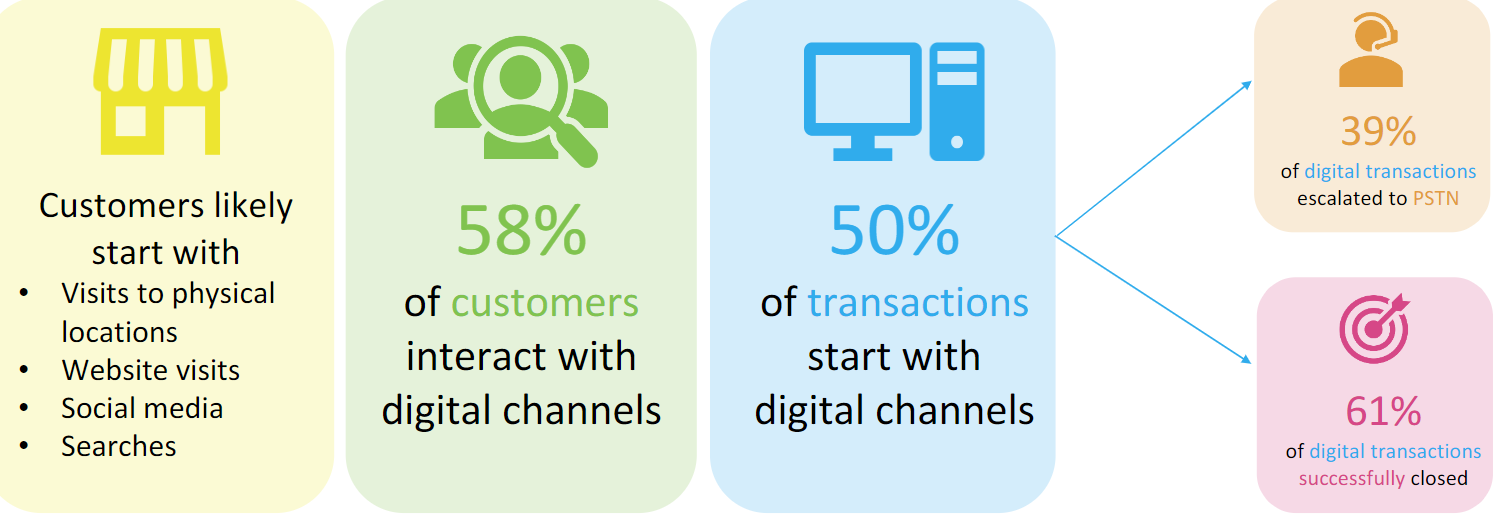When we think about calling a company to address a problem, question, or scheduling change, the typical thought is: “How much of a hassle is this going to be?”
And typically, it is more of a hassle than is necessary. And that’s a problem, because here’s the truth of the matter:
Because I have analyzed customer experience technologies for many years, I know what’s possible—and that adds to my frustration when I encounter a company that isn’t taking advantage of the latest and greatest technologies.
I have experienced a handful of ‘micromoments’ during my interactions with businesses that are worth mentioning, mainly because they illustrate this point: When companies invest in CX technologies, they build loyalty, prevent churn, and ultimately drive more revenue. Mark Ungerman, NICE CXone director of product marketing, and I recently held a webinar entitled Instant Gratification: Micromoments Boost Customer Loyalty, during which we discussed how technology helps companies deliver these micromoments, ultimately improving CX.
What Are Micromoments?
Before I get to these experiences, let me define what I mean by ‘micromoments.’ Stellar CX leaders will encourage and empower their customer service agents to create a micromoment during nearly every interaction. Of course, CX leaders must define what this means to their own companies, and what agents are allowed to do with or without manager approval. But generally, micromoments are occurrences that happen during interactions that customers deem above and beyond what they expected, or what’s even necessary.
Here's another way to look at it:
Source: NICE CXone: Cheat Sheet for Customer Loyalty (2021)
Micromoments that tend to leave a lasting impression include:
- The right level of friendliness—not too overbearing, but not ambivalent.
- Fast, efficient service that doesn’t make customers feel they’re being rushed off the phone, but instead shows the agent is listening, acting, and respecting their limited time.
- Laughter or personal interest—if the customer is in the mood. A good agent can tell the difference.
- A giveaway, such as a discount or a gift card, when the customer’s situation is unfair (more on this later).
- Suggestions to buy something differently (i.e., as a subscription vs. as a one-time purchase) to save money or to get more for the same spending.
- Prompt follow-up of thanks, or another promised item.
- Reference to prior interactions, where appropriate.
- Use of the right technology to solve a problem. For example, would video or screen sharing be more efficient to help customers?
To build out a program that embraces these concepts, agents must be empowered to make decisions within company guidelines, along with the freedom to make judgment calls on the best interaction approach. With the right agent analytics in place, supervisors can provide regular guidance on what’s working and what’s not in the agents’ approaches.
Technology Bolsters Agent Empowerment
Entrusting and empowering agents is one of the most important changes CX leaders can make to their strategies. Here is one of my favorite examples of top-notch customer service, fueled by agent empowerment and multiple micromoments:
I ordered a sofa bed from a large online retailer for a rental property I own. The delivery was scheduled just in time for new tenants to arrive a few days later. I drove two hours to the property the evening before so I could be there to accept the early-morning delivery. You can guess what happened. By 4 p.m., reality started to hit me: I wasn’t going to get a delivery that day.
So, I called the company. First, I was surprised to be greeted by a human and not an extensive Interactive Voice Response (IVR) menu. I explained my issue with the anger you would expect, and the gentleman assisting me promised he would put me on a brief hold. About 10 seconds later, Dolores joined the call, swiftly expressing empathy about my delivery snafu.
Before I could even start yelling and complaining, Dolores assured me she would get the problem resolved. As she was figuring things out, she never put me on hold, began a sincere conversation, and truly shared in my frustration. Now, here’s where it gets good (but it will get even better in a minute). She looked at my buying history and said, “I see you’ve also been buying some baby toys lately. Do you have kids?” I explained that my recent toy purchases were for my new granddaughter, to which she replied, “I’ve just put a $25 credit to your account so you can buy her a gift for your troubles today.”
Dolores was empowered to do something creative. She looked at my purchase history, asked a quick question for context, and as a grandmother herself, realized what would make me happy would be to get something for my granddaughter, not myself. That led to a light discussion and laughter about grandkids, all while the skeptic in me was thinking, “How did she do that? I should be yelling, not laughing!”
Dolores ultimately resolved the delivery problem, and not even the way I wanted, which was: Get it here NOW! I had to stay another night, and she pulled strings (so she said) to get it there the next day. But because of the micromoments she created—empathy, knowledge of my buying history, a credit to my account, some laughter, and friendly conversation—I couldn’t possibly argue with her. She never put me on hold, was empowered to take the steps necessary to gain my satisfaction, and ultimately solved the issue. I took the post-call survey and gave her 5 stars. (Yes, this originally irate customer gave the agent 5 stars.)
Fast forward three months, and I had another delivery issue on a product I had ordered from the same company. I called and a live agent concierge answered. Once again, I went on hold. And guess who joined the call shortly thereafter? Dolores.
“Hey, Robin!! It’s Dolores. Remember me? How is your granddaughter doing? Did everything work out with the sofa bed?” Now, this is a huge company. It was no coincidence. This was an effective use of CX technologies, most likely including:
- AI-empowered call routing at its finest
- AI-enabled transcription in my Customer Data Record
- A virtual assistant helping the agent with CDR data dips
- Analytics tools noting my 5-star rating from my last interaction
- Solid agent training and analytics from Workforce Optimization tools
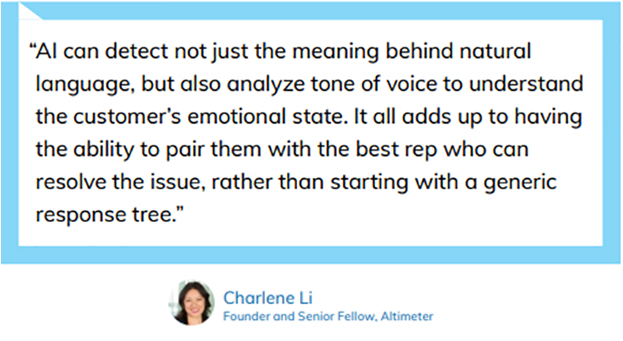
She solved my issue again, and after that call, I received an email from Dolores (note a customer loyalty application likely in use here), with an apology and a discount coupon. That’s how customer service is done right, leveraging a variety of technologies to create micromoments and deliver instant gratification.
Selecting the Best Interaction Channel
Though phone calls and emails are frequently used in customer interactions, other interaction channels may be more effective—and micromoments can still occur on the regular in these channels.
For example, I was having some challenges with a cloud-based application I regularly use. After about 30 minutes of trying to explain the situation and muddle through suggestions from the technician, he finally made a suggestion he should have made from the start: Can we do a screen share?
Uhhh. Yes! Of course! Why did this take so long?
We set up the screen share within seconds, and in seeing my problem firsthand, he was able to resolve it within minutes. When I asked why he didn’t suggest this from the start, he said he just forgets to use it. But that was a micromoment to me, and I took note that I would always ask for a screen share from that point forward when I needed more help with this application.
Three times since then, that’s exactly what I have done. Troubleshooting that had taken 30 minutes or more in the past was now resolved within 10 minutes. Each time, the quick resolution itself was a micromoment for me!
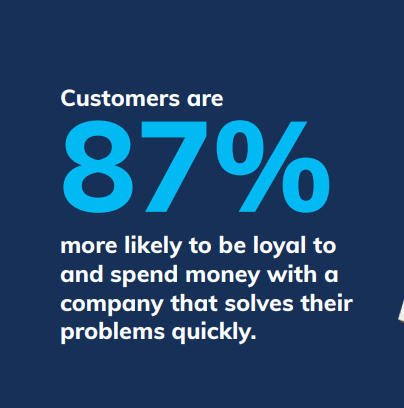
After the visit, I received another text asking if the problem was solved. It was, and I replied appropriately. Intuitively, the company provided another message explaining that if there were any problems with the repair during the next week to simply reply again to the text message thread with the word, “Help.”
Indeed, the repair failed two days later. I followed the instructions and received a quick callback from a live agent, who had the authority to schedule a more senior-level technician to come to my house that same day. He solved the problem permanently.
This whole experience was an excellent use of self-service technology that appropriately escalated to a call with a live agent. That agent had all the context of my multi-channel interaction at her fingertips to get the issue resolved before losing a customer.
Do Micromoments Really Matter?
Let’s circle back to each of the scenarios I’ve talked about.
- What if Dolores was rushed and uninterested in my frustration, telling me instead, “Look, there is nothing I can do to get the sofa bed there today. All I can do is reschedule it.”
- What if the software tech had simply said: “I can’t solve this myself. I’ll put in a tier 2 trouble ticket, and someone will get back to you within 48 hours.”
- What if the cable company didn’t remind me of my upcoming service call via SMS, and I missed it completely, having to start the tedious process of getting on their calendar again? Or, what if the company didn’t have a way to resolve a bad repair quickly and easily?
I would have had an extremely frustrating response to each of these scenarios, written poor reviews, not purchased anything else from the company, or left entirely. Micromoments that make a customer say, “Wow! That was a great experience,” should be the goal of any customer experience professional. In every case, technology, agent training, and empowerment are what enable those experiences.
My suggestion is this: If you’re a CX leader and you’re not seeing CSAT scores improve, revenue increase, and agent turnover rates decrease, you are failing to empower your agents to deliver instant gratification. Ensure you understand your requirements and leverage enabling technologies, including AI, analytics, integrated multi-channel options including video and screen sharing, Workforce Optimization tools, and effective self-service options that escalate to live agents at the right time in the customer journey.
For more insights into how your contact center agents can enhance AI within the customer journey to create long-term relationships with customers, read the eBook Cheat Sheet for Customer Loyalty.
Watch the on-demand webinar Instant Gratification: Micromoments Boost Customer Loyalty now, and start making moments that last.




